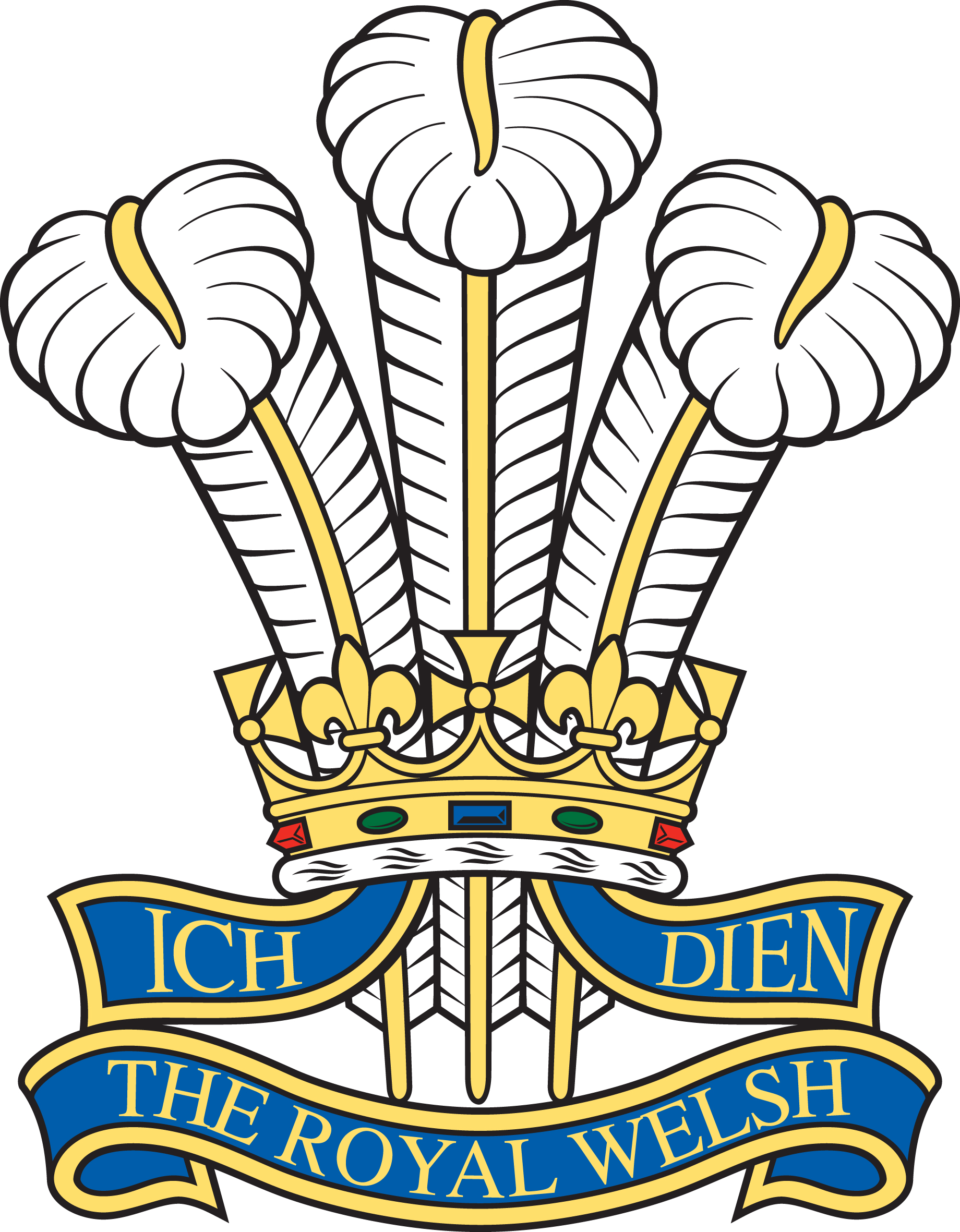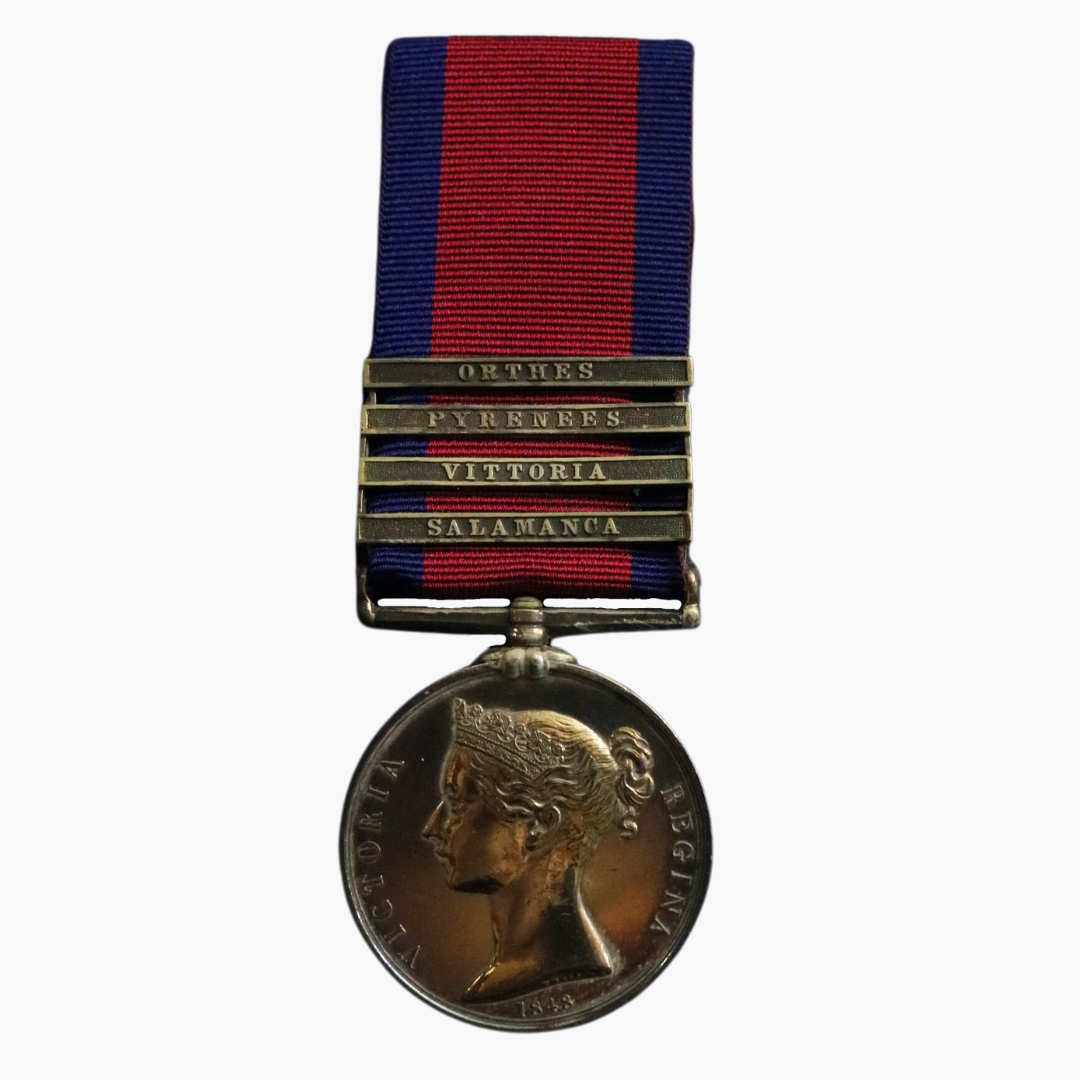
One of the most striking paintings in the Museum’s collection is this portrait of an officer of the 24th Regiment.
Unfortunately, the identity of the officer depicted is a mystery. However, we do know it was painted by Sir George Chalmers on the island of Minorca in 1754. Unveiling the identity of the officer is difficult due to the uniforms of this time not carry distinguishing features denoting rank, but it is thought the subject was a captain. There were at least seven of these serving with the Regiment in 1754, hence the difficulty in naming him. Although this is disappointing, it is does not diminish the work’s significance for the Museum, as its rarity means we have nothing like it in the permanent collection.
The portrait was painted at a very specific time in the history of the British Empire. Minorca was an island garrison in the 1750s, and an important strategic location in Britain’s incessant wars against France. There were approximately 2,500 British soldiers from five regiments on the island at this time, a situation that persisted until 1756 when it was surrendered to the French following the loss of a naval battle off the coast. This was a considerable setback to Britain and led to the court-martial and execution of Admiral John Byng for his “failure to do his utmost” to defend Minorca.
The artist for this fine piece was by Sir George Chalmers (circa 1720/23 – 1791) who was born in Edinburgh. Little is known about his travels to Minorca in the 1750s, however we do know he painted at least four portraits of officers during his time there. Chalmers also painted the Colonel of the 24th regiment, Sir Edward Cornwallis. Chalmers is understood to have been sympathetic to the Jacobite cause and, therefore, is interesting that three of the portraits (including ours and Cornwallis) depicts them wearing the medallion of The Loyal and Friendly Society of The Blew and Orange. Organised similarly to that of a Freemasons’ Lodge and founded by The King’s Own Regiment, it upheld the Protestant Succession and adhered to Whig political principles at a time when the Jacobites were a threat to the succession of the throne due to the Jacobites seeking to restore the House of Stuart to the British throne. Protestant Succession was ever-present as membership of such societies, such as the Blew and Orange, was a method of demonstrating one’s loyalty to the Hanoverian dynasty. Due to Chalmer’s sympathetic view of the Jacobite cause, one can imagine he may have experienced mixed feelings when accepting commissions from those with a differing political view.
Eighteenth century pictorial representations of 24th Regiment officers are obviously extremely rare as well as the little material surviving from this period. This is particularly the case with uniforms. It is only when a portrait of this type comes to light that we know exactly what the men of the Regiment (and in this specific case, officers), actually wore. There has been considerable debate over the precise shade of green worn by officers of the 24th over the years, and this painting goes some way to settling this matter for the 1750s.
Read more about The Loyal and Friendly Society of The Blew and Orange from our temporary exhibition which brought together items from the British Library and The King’s Own Museum to commemorate the acquisition of this painting.





